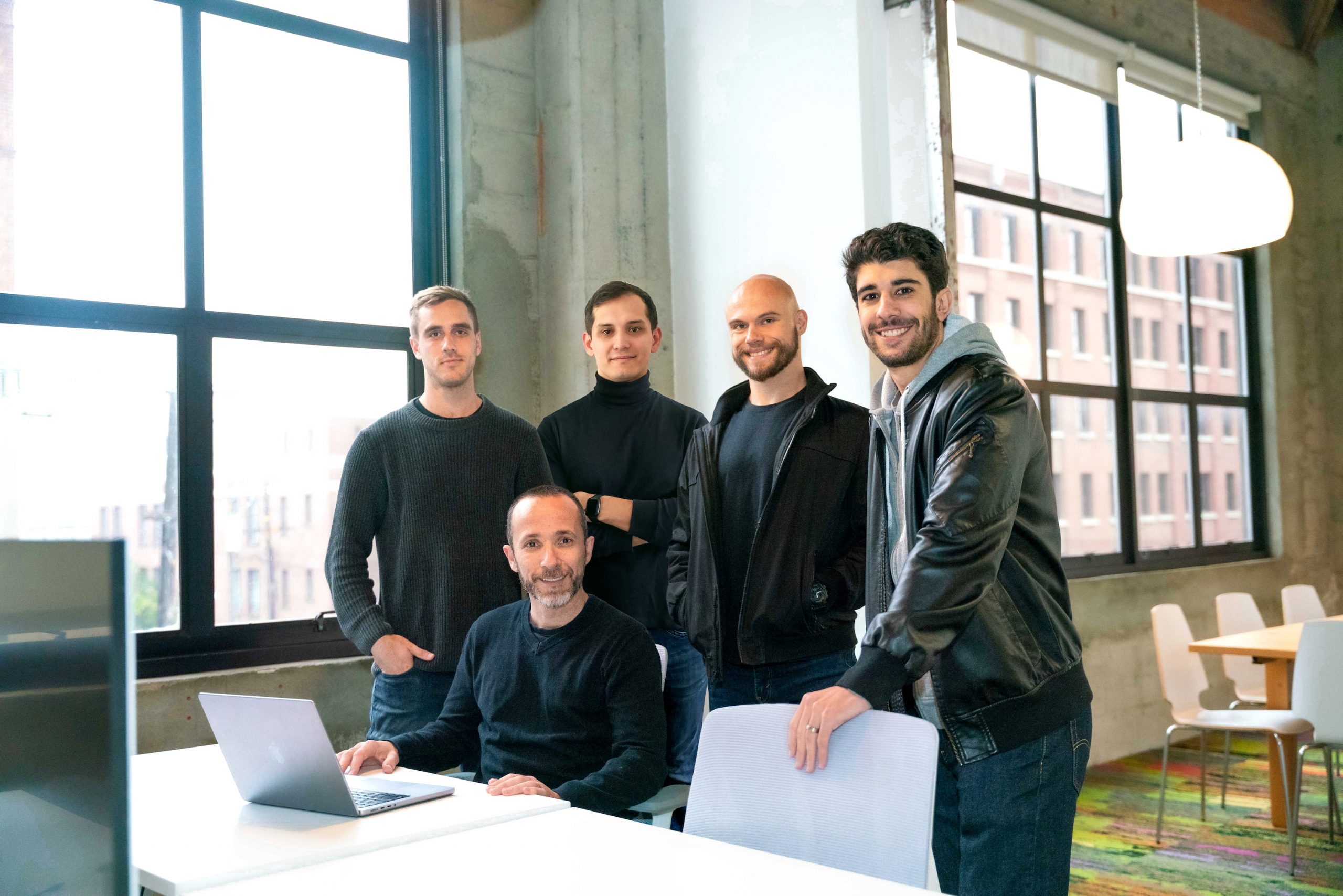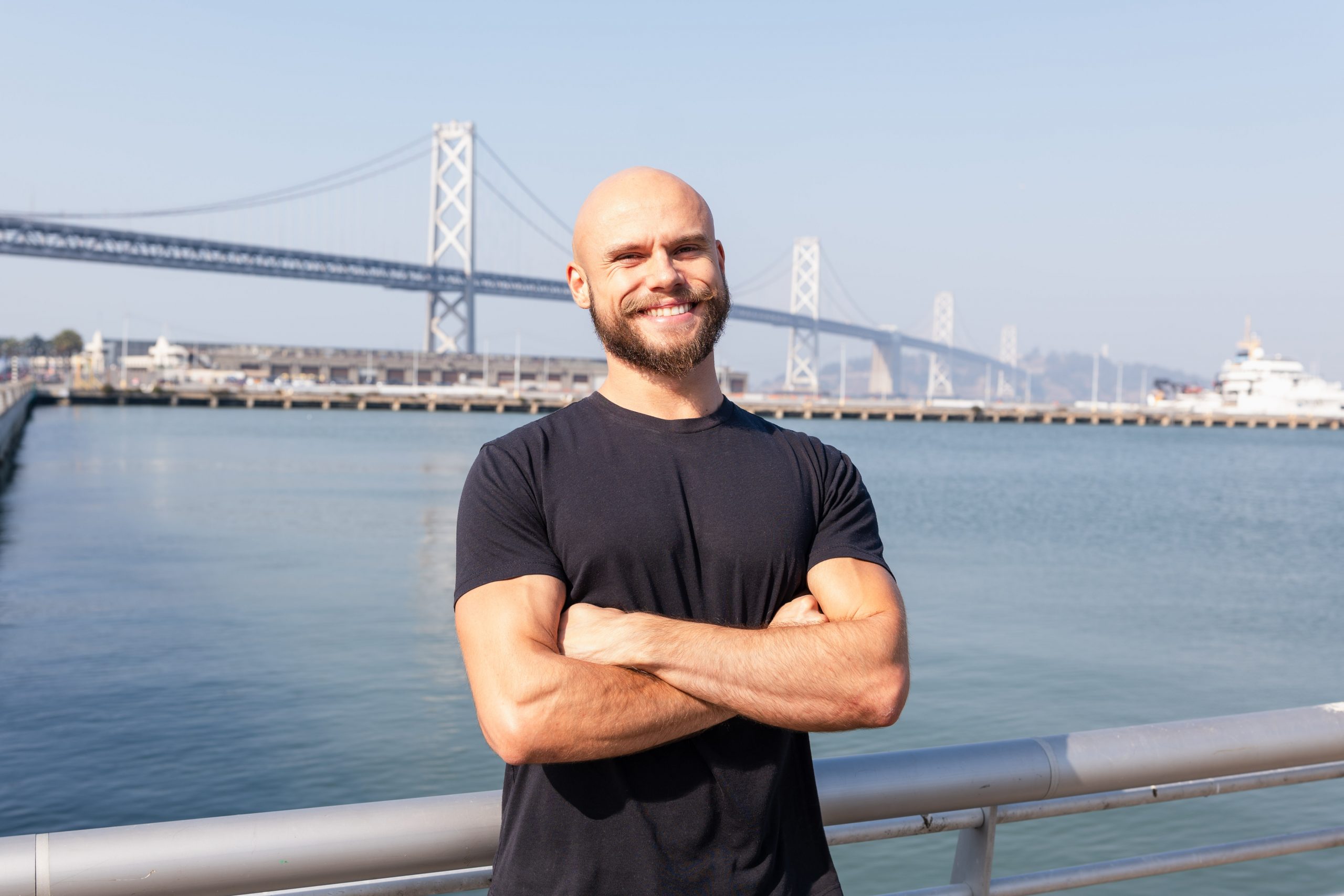Initially, the idea was to create a multi-million dollar company with a consumer health app, but the goal has pivoted into something much bigger. Dima Goncharov is a 2015 Computer Systems Technology (CST) Diploma grad and co-founder of Metriport, a young company already valued at $20 million dedicated to “fixing the healthcare data mess” in the US.
The Computer Systems Technology (CST) program at BCIT
“I went into tech because it was the only skillset I could attain where I could do whatever I wanted,” explains Dima from his home in San Francisco. “Whether it is building a game, going into AI, or working on satellites, the barrier to entry is so low. All you need is a $500 computer and your brain, and you can do whatever you want.”
“The appealing thing about BCIT and the Computer Systems Technology (CST) program is that I only needed to attend school for two years. My mentality is: if you’re competent, you learn quickly, and you can do the job, what’s the point of getting a four-year degree from a fancy Ivy League school? Just shortcut yourself to where you want to be.”
Entering the workforce
Dima graduates with distinction and hits the workforce soon after. First at MDA – an international space mission partner working on the aforementioned satellites – and subsequently at Amazon Web Services, which provides on-demand cloud computing platforms.
Both jobs pay well and enable Dima to work on cutting-edge technology. Yet, the CST grad longs for something else – something that was seeded during his time at BCIT.
“Apart from the well-designed program, which proved very valuable in my jobs, some instructors were also hugely inspirational,” says Dima. “Jason Wilder, for example, really helped me to think outside of the box and do better. He would also sometimes cut off the lecture and go on a rant, for example, about the pros and cons of entrepreneurship. That was hugely inspirational and validated how I was feeling.”
“I remember driving to my first job, and I pretty much right away had an existential crisis. ‘If I don’t do something about this, I’m going to work for somebody else every day,’ I thought. That person will tell me how much I’ll make, how much vacation I can take, and that was not the situation I wanted to be in. I wanted to break the mould.”
Creating the Swiss army knife of tracking apps
Dima wants to do something that hasn’t been done before. After being an employee for 5.5 years, he takes the leap in the summer of 2021. He partners with his long-time friend Colin Elsinga, and creates a startup to build a consumer health app.

“We are both developers and have a passion for health and fitness,” explains Dima. “We were both using different tracking apps but found them quite limiting. We wanted to create the Swiss army knife of tracking apps, a dashboard combining different data sources using Machine Learning and AI, giving users a better sense of their well-being.”
“Instead of having different apps for mood tracking, for example, or journaling, or period tracking, our app would be able to tell you, let’s say, how caffeine affects your resting heart rate and subsequently your sleep, but also to what extent it would negatively impact your physical performance the next day and how much more prone you’d be to having headaches in combination with atmospheric pressure. Spotting patterns that were previously unveiled, that was the idea.”
Battling imposter syndrome
Dima and Colin build and launch the Metriport – short for metrics portal – app on IOS and Android within 12 weeks. Tech news media pick it up, and customers rave about it. As one person writes: “By far the BEST tracking app I have ever seen!!! Intuitive, visually pleasing and extremely versatile.”
On a whim, the duo decides to apply for an investment from Y Combinator, an American technology startup accelerator that launched more than 4,000 companies, including Airbnb, DoorDash, and Dropbox.
“We felt like an imposter,” admits Dima, “since they only accept real companies, and we were just building an app. But, surprisingly, we got invited for an interview.”
“During the meeting in San Francisco, we quickly realized they didn’t think our idea was brilliant or that it would make billions of dollars, but they saw us more like two guys with potential. By investing in us, they hoped we’d evolve ourselves and our ambitions.”
“We couldn’t believe how messed up the US healthcare data is”
Ultimately, the duo is selected for the summer 2022 batch of Y combinator, an intense 3-month program aimed at making a better product with more users and creating more options for raising money.
“When you’re surrounded by super-ambitious people from around the world, working on next-level stuff, and getting access to coaches with billion-dollar companies, you start to feel the inspiration,” explains Dima.
Trying to tap into their full potential, the two childhood friends go back to square one and start exploring ideas within the realm of health care. After some time, they make a shocking discovery that changes the trajectory of their lives.
“We start talking with these American healthcare companies,” says Dima, “and we couldn’t believe how messed up the US healthcare data is.”
What’s the issue?
It’s the way information is fragmented. A patient may keep track of a chronic condition like diabetes through a mobile application while receiving essential mental healthcare from a telehealth service. The patient may also have information stored across hospital patient portals that keep track of visits, medications, allergies, and so on. Each platform contains information that, if combined, could paint a fuller picture of someone’s health status.
“For an industry that spends annually $4.3 trillion, you’d expect more innovation”
But having information in different silos is also the problem,” according to Dima. “IT systems are developed by manufacturers who build their infrastructure on various hardware and software components, applications, or databases, and it restricts information exchange across networks.”
“Let’s say you first visit Clinic A in Texas, then Hospital B and later you move to California and stop by Hospital C. The exchange of information is most likely happening via a fax machine right now, and it causes serious delays for patients to be treated. It’s a matter of life and death. For an industry that spends annually $4.3 trillion, you’d expect more innovation, but there is this dinosaur-like mentality.”
So, what’s the solution?
Dima: “Through open-source software and APIs, a software intermediary that allows two applications to ‘talk’ to each other, we want to disrupt the existing closed-source, proprietary vendors and offer more reliability, transparency, affordability and reduce the patient’s onboarding process from weeks to literally minutes.”
After participating in the Y combinator ’22 summer batch and coming up with some paradigm-shifting goals, Dima and Colin succeed in raising 2.4 million dollars for their business idea.
Beyond the Metriport app
On top of the Metriport app, Dima and Colin launch two other products: Health Device API, which allows digital health companies to access their users’ consumer health data from various wearables, remote patient monitoring devices, and mHealth apps, and Medical API – which tackles the issue described above – allowing companies to gain both access to their patients’ medical records and interface with Electronic Health Records.
And it has been successful, according to Dima, as a few fairly large medical companies already use their services, and investors are lining up.
“We’re about to hire our sixth member, and it will be a continuous expansion after that. Once you get the influx of venture capital, the mindset also changes. Instead of building a million-dollar company, now the goal is to offer shares to the public and grow a multi-billion dollar business.”

Dima’s four career tips
- “We have the philosophy that we will talk to anybody competent. Some students may not have much working experience, but they may be quick learners and have enough experience to contribute from day one. Maybe even more so than some engineer who’s been in the field for a few years and doesn’t care about what they do.
- Go back to square one and ask yourself why you’re doing what you’re doing in the first place. Understand that and work backwards from there. If you want to find a job after school, ask yourself why you want to find a job in the first place. Perhaps instead, you have a startup idea and can live in your parents’ basement for a year, building the next billion-dollar company. It has happened before.
- And if you want to find a job, what kind of job do you want? I didn’t want a boring job, so I went to work for a space company. Don’t settle for boring.
- Don’t let arbitrary limitations stop you. If the company requires a bachelor’s degree and you have a diploma, apply anyway. Think about what you want and make it happen.”
